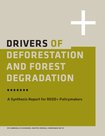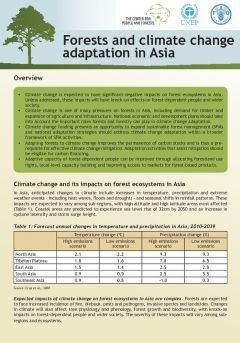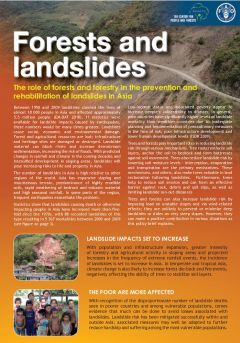Greening rural development in India
Greening rural development can stimulate rural economies, create jobs and help maintain critical ecosystem services and strengthen climate resilience of the rural poor. This report by the Ministry of Rural Development, India, with support from the United Nations Development Programme, presents strategies for inclusive rural development embodying the principles of environmental sustainability. It defines ‘green’ outcomes for major rural development schemes, reviews the design and evidence from the field to highlight potential green results and recommends steps to improve green results.





